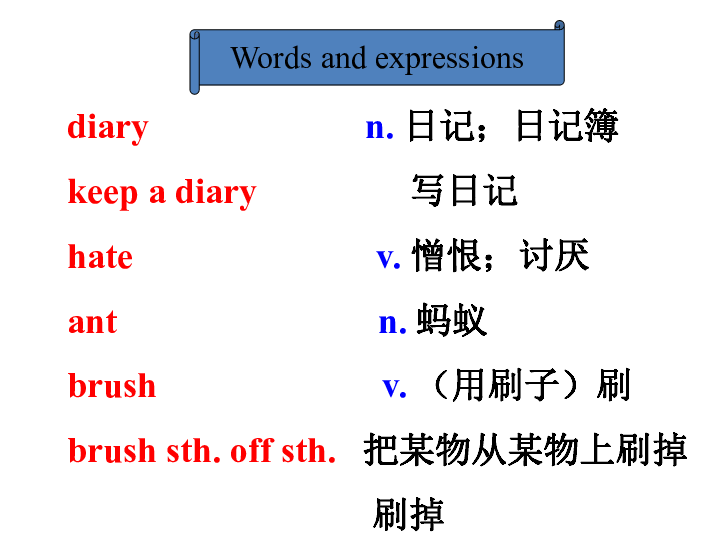"10 Common Pet Peeves That Drive Pet Owners Crazy: Understanding and Managing Your Furry Friends' Quirks"
Guide or Summary:Common Pet PeevesUnderstanding Your Pet's BehaviorMessy Eating HabitsFurniture Scratching and ClawingIncessant JumpingIgnoring CommandsChew……
Guide or Summary:
- Common Pet Peeves
- Understanding Your Pet's Behavior
- Messy Eating Habits
- Furniture Scratching and Clawing
- Incessant Jumping
- Ignoring Commands
- Chewing and Destructive Behavior
- Overzealous Licking
- Refusing to Share Space
- Unwanted Attention-Seeking Behavior
Common Pet Peeves
As a pet owner, you undoubtedly cherish the companionship and unconditional love that your furry friends provide. However, living with pets can also come with its fair share of challenges. Understanding and managing these challenges is crucial for maintaining a harmonious household. In this article, we will delve into ten common pet peeves that often drive pet owners crazy, offering insights into why these behaviors occur and how to address them effectively.
Understanding Your Pet's Behavior
Pets, much like humans, have their own unique personalities and quirks. While these traits can be endearing, they can also lead to frustration. For instance, one of the most common pet peeves is excessive barking. Dogs may bark for various reasons—out of boredom, anxiety, or simply to communicate. Understanding the root cause of this behavior is essential. If your dog is barking excessively, consider providing more mental and physical stimulation through interactive toys, regular exercise, and socialization with other dogs.
Messy Eating Habits
Another common pet peeve is messy eating habits. Cats and dogs alike can create quite a mess during mealtime, scattering food and water across the floor. This behavior can be particularly frustrating for pet owners who take pride in maintaining a clean home. To mitigate this issue, consider investing in a pet feeding mat or elevated bowls that can help contain the mess. Additionally, feeding your pet smaller portions more frequently can reduce the amount of food they scatter.

Furniture Scratching and Clawing
Furniture scratching is a notorious pet peeve among cat owners. While scratching is a natural behavior for cats, it can lead to significant damage to your furniture. Understanding that scratching is a way for cats to mark their territory and maintain their claws is crucial. To address this behavior, provide your cat with scratching posts and encourage their use by placing them near your furniture. You can also use deterrents like double-sided tape on furniture to make it less appealing for scratching.
Incessant Jumping
Many dog owners find incessant jumping to be a significant annoyance, especially when greeting guests. Dogs often jump as a way to express excitement or to seek attention. Training your dog to sit when greeting people can help curb this behavior. Consistency is key; reward your dog with treats and praise when they remain calm and seated, reinforcing the behavior you want to see.
Ignoring Commands
One of the most frustrating pet peeves is when pets seem to ignore commands. This behavior can stem from various factors, such as distractions or a lack of training. To improve your pet’s responsiveness, practice commands in a distraction-free environment and gradually introduce more stimulating settings. Positive reinforcement, such as treats and praise, can significantly enhance your pet's willingness to obey commands.

Chewing and Destructive Behavior
Chewing is another common pet peeve, particularly among puppies. While chewing is a natural behavior, it can lead to destruction of furniture, shoes, and other household items. Providing appropriate chew toys can help redirect this behavior. Ensure that the toys are durable and safe for your pet to chew on. Additionally, offering plenty of exercise and mental stimulation can reduce boredom, which often leads to destructive chewing.
Overzealous Licking
Overzealous licking can be both a pet peeve and a concern for pet owners. While some licking is normal, excessive licking can indicate anxiety or discomfort. If your pet is licking excessively, it’s essential to consult with a veterinarian to rule out any underlying health issues. Additionally, providing a calm environment and engaging in regular playtime can help alleviate anxiety.
Refusing to Share Space
Pets can be territorial, leading to another common pet peeve: refusing to share space. This behavior can manifest when multiple pets are in the household. To promote harmony, ensure that each pet has their own designated space and resources, such as food bowls and beds. Gradually introducing pets to each other in a controlled manner can also help ease territorial tensions.

Unwanted Attention-Seeking Behavior
Finally, unwanted attention-seeking behavior can be a significant pet peeve. Pets may engage in behaviors like barking, meowing, or pawing at you to get attention. While it’s essential to acknowledge your pet’s need for companionship, it’s equally important to set boundaries. Ignoring attention-seeking behaviors and rewarding calm, quiet behavior can help teach your pet that good behavior gets them the attention they crave.
In conclusion, while pets can sometimes drive us crazy with their quirks and behaviors, understanding the reasons behind these pet peeves can lead to more effective management strategies. By addressing these common issues with patience and training, pet owners can foster a more harmonious living environment for themselves and their furry friends. Remember, every pet is unique, and what works for one may not work for another. The key is to observe, adapt, and enjoy the journey of pet ownership.